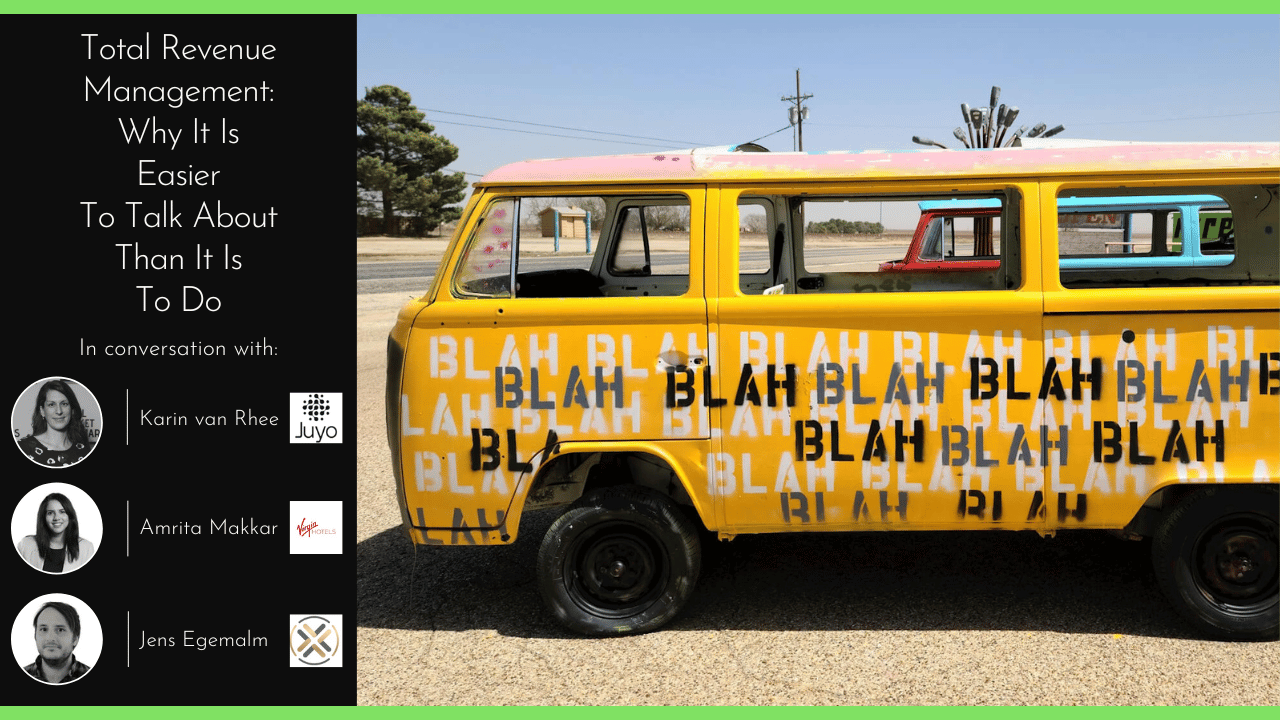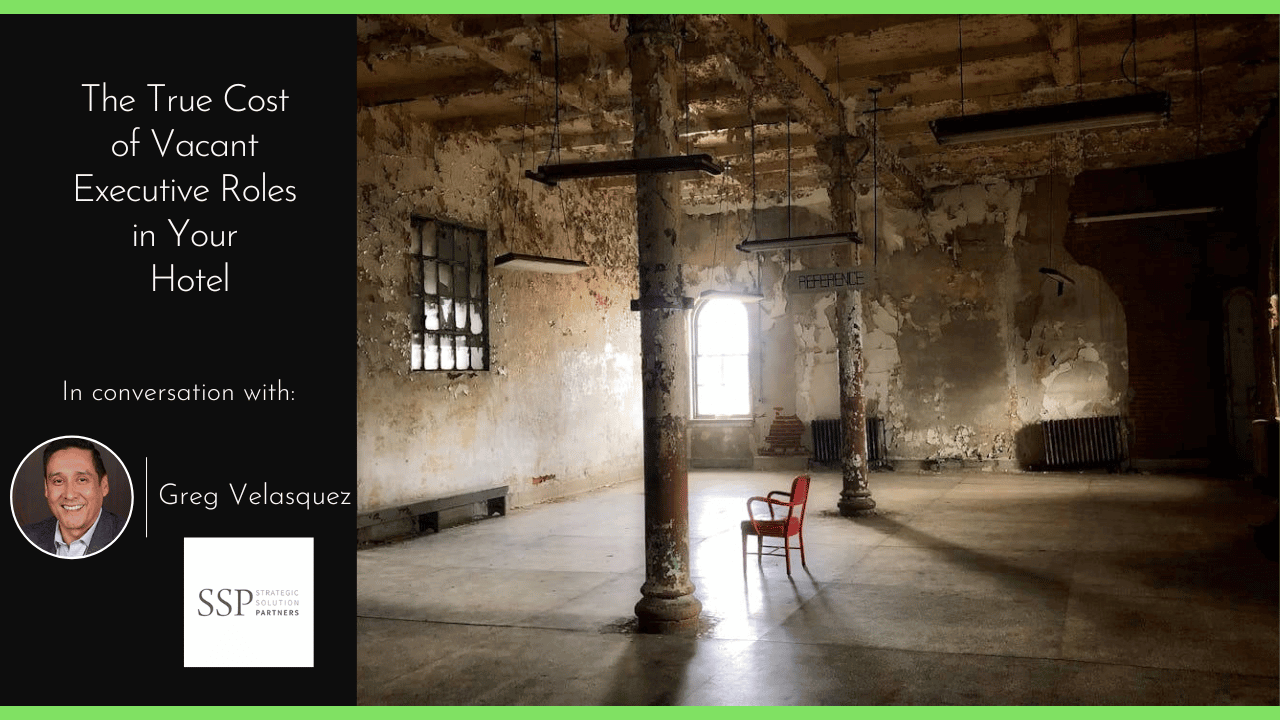A well-defined RFP process allows hotels to effectively manage and respond to multiple bids, increasing the probability of securing business. Even if a bid isn’t won, it provides a great opportunity for hotels to showcase their facilities and services to industry professionals and implement marketing campaigns for future bids.
NB: This is an article from Cloudbeds, one of our Expert Partners
Subscribe to our weekly newsletter and stay up to date
Proactively engaging in the RFP process allows hotels to foster strong relationships with event planners and travel managers, enhancing their reputation in the market and creating further business opportunities. It essentially serves as a marketing tool to showcase a hotel’s capabilities and service level, ensuring they stand out from the competition and win more often.
A typical hotel RFP process
Let’s walk through a typical RFP process within the hotel industry.
1. Preparing & submitting the RFP
The first step generally involves the customer—an event planner or a corporate travel manager, for instance—preparing and sending out the RFPs to various hotels. Professionals find suitable hotels via RFP and event tools or manually through hotel websites, search engines, and online directories.
These RFPs contain detailed specifications of what the customer seeks in terms of hotel services and accommodations.
Commonly included in the proposal are:
- Company name and information
- Purpose for the RFP
- Dates
- Attendees
- Guest room types
- Number of rooms needed
- Amenities
- Concessions
- Transportation
- Conference rooms and meeting spaces
- Event venues
- Budget
- Deadline for response
2. Crafting & submitting the proposal
The hotel’s sales team conducts an internal review of each RFP to understand the specific requirements and gauge whether they can satisfactorily meet them. Before receiving RFPs, sales teams must define what a good lead looks like—it doesn’t make sense to invest time responding to every RFP. You should prioritize leads where your hotel has a high likelihood of winning the proposal.
Once you’ve determined that the lead is a good fit, you must consolidate input from various departments such as food and beverage, events, reservations, and more.
With all the necessary details, the hotel constructs a compelling proposal tailored to the needs outlined in the RFP. This proposal serves as the hotel’s pitch, explaining its ability to meet the customer’s requirements and highlighting its unique selling points to enhance the guest experience.
3. Following up
Once your detailed and targeted RFP proposal is out of your hands and into those of the decision-makers, it can be easy to slip into a holding pattern of waiting and hoping for the best. However, one crucial aspect of the RFP strategy that is often overlooked is the importance of follow-up after the submission.





